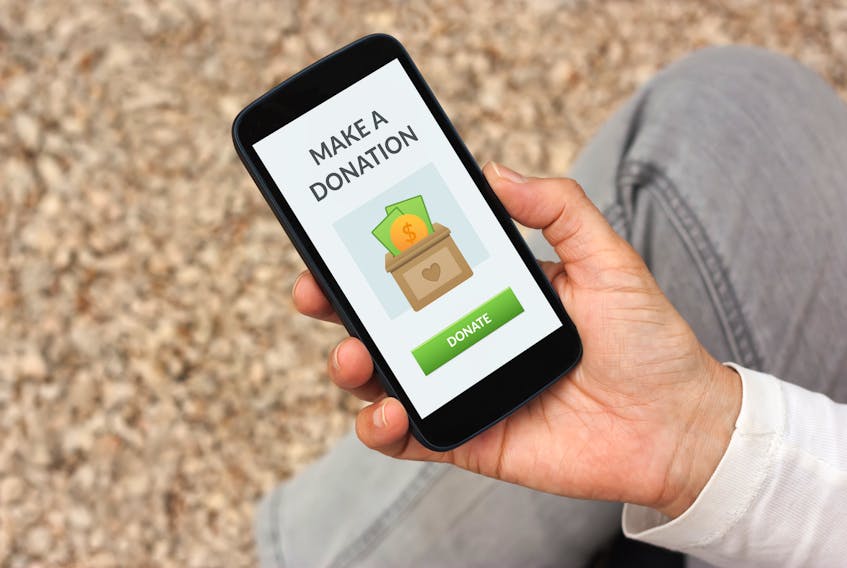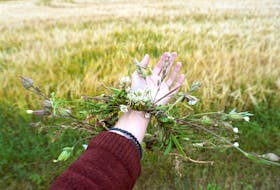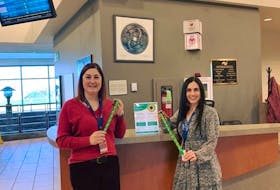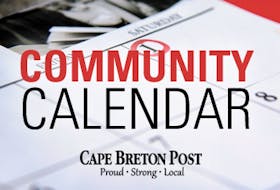It's hard for small businesses and non-profit organizations to get noticed online.
The end goal is to ultimately drive traffic to your website – to have someone buy a product, book a service, make a donation, or learn about your organization. But just having a website doesn’t guarantee visitors will come, says Alison Knott, a rebrand and web consultant from Halifax.
As the owner of Alison K Consulting, a consultancy that focuses on website traffic and brand awareness growth, she coaches businesses and non-profits on how to drive traffic to their websites.
On the surface, it seems straightforward: create great content, promote it on social media, and wham, the money and leads pour in.
That's not quite how it works, she warns.
"The reality is that it takes many touchpoints before someone will buy your product or sign up for your email list or newsletter," says Knott.
Publishing a blog post doesn't mean it will show up in a Google search for the terms you want. Posting a few times on Facebook about an event doesn't mean people will nab a ticket.
Instead, the best way to grow traffic is to rely on a multi-channel funnel approach.
“Social media can be tough to drive website traffic. This is because of algorithms and the fact people may not be interested in leaving their memes and news to go onto your site,” explains Knott.

Learn the basics of SEO
Search Engine Optimisation is about formatting your site and content so it will show up in search results. Publishing a blog post doesn't mean it will show up on page one of Google - it’s likely similar content already exists that's been formatted in a way that helps it rank higher, and it’s been online longer than yours, explains Knott.
"You have to format your content in a way that those bots can understand," she says, adding it also helps makes you a better writer.
"It forces you to make sure you’re organizing your thoughts in a way a reader can easily understand and feel like you solved the nature of their search. If they don’t, they will leave your site, and search engines take notice of that."
Some easy (and often overlooked) SEO tips include:
- Use headings. Headings are more than just setting words in different size text. Search engines rely on how you chunk up content as a way to understand context and relevancy. Walls of text are hard for people to read, too. They often skim before taking in a whole page. So, consider using headings liberally to organize your longer content into friendly, bite-sized pieces.
- Link your content to other pages and posts on your site. If possible, every page of your site should contain at least one relevant link to another. Search bots ‘crawl’ along content via links, which helps them understand the relationship between pages and posts. Pages with no internal link (excluding navigation) are considered orphan pages - don’t leave them all alone.
If you have one page that's getting a lot of organic traffic, its authority can be passed through other pages that link to it.
-Get other websites to link back to yours. Known as backlinks, they are critical to SEO success. You need other websites to ‘vouch’ that you know what you’re talking about. Search engines will see which websites are linking to yours to establish your authority. If you were featured in an article, gave a talk, or are mentioned on someone else’s site but they never linked to your site, consider emailing them and asking to do so.
Get in front of someone else’s audience
The more people that know about your brand, the more people will visit your site. But how do you find these people?
Engage with the audiences of others in your industry who already found them, explains Knott.
SparkToro is a tool that shows you the top hashtags, social accounts, YouTube channels, websites, and podcasts of a specific topic or social media account. You can use that research to study the content that brands put out and apply it yourself. Plus, you can begin to engage with their audience, so they too follow you and your work.
Give something away for free (but ask for an email)
People love free samples, and the same can be said about your content, services, or mission. When someone likes a social media post or reads your blog, don’t let that be the end of the conversation, says Knott. They are thinking about the topic, so take it up a notch and offer them something of value to dive deeper.
Known as lead magnets or opt-ins, these are usually downloadable things such as guides and checklists. This turns a passive visitor or follower into a qualified lead because to give them the content, they must first give you their email.
Create a welcome sequence
A welcome sequence is an automatic series of emails someone gets when they download your opt-in. These emails are opened four times more than regular campaigns, explains Knott. Why? Because the reader is in the headspace of your topic and most likely to engage deeper at that time.
A welcome sequence allows you to introduce your company naturally. You can ask them to follow your social accounts, read other content you’ve written, and get to know your brand over a series of timed emails. Googling ‘Welcome email scripts’ will give you lots of templates to get started.
Send your mailing list back to your website
It’s unlikely people have read every article on your website. If you have a newsletter or mailing list, include links back to content on your site regularly. People who have signed up this month might not know you published a great blog post two months ago. You already have a captive audience – remind them of content they’ll find useful.
Learn to measure results
Spreadsheets aren’t sexy, but they’re honest, says Knott.
"The biggest gap I see with non-profits trying to grow their traffic is the inability to measure the results. If you don’t know what your traffic numbers were before, you’ll have no idea how successful all these tips I’ve given will be," she says.
Some ways to measure online success include:
- Google Analytics: to understand who your site visitors are, where they come from, and what they do while on your website
- Google Search Console: to understand what search terms you show up for in Google search results, and which pages are ranking for which keywords
- The reporting system in your newsletter platform: open rates are great, but click-through rates (when someone clicks a link you posted) is more actionable
- The analytics reports in your social media platform: Entering key metrics into a spreadsheet is far more concrete for your bottom line than a ‘gut feeling’ something did or did not work, Knott says.
And don’t be afraid to ask for help. There are a lot of great websites or video tutorials on the internet, she says, or consider hiring a consultant to get you started.
Learn more at https://alisonkconsulting.com/








